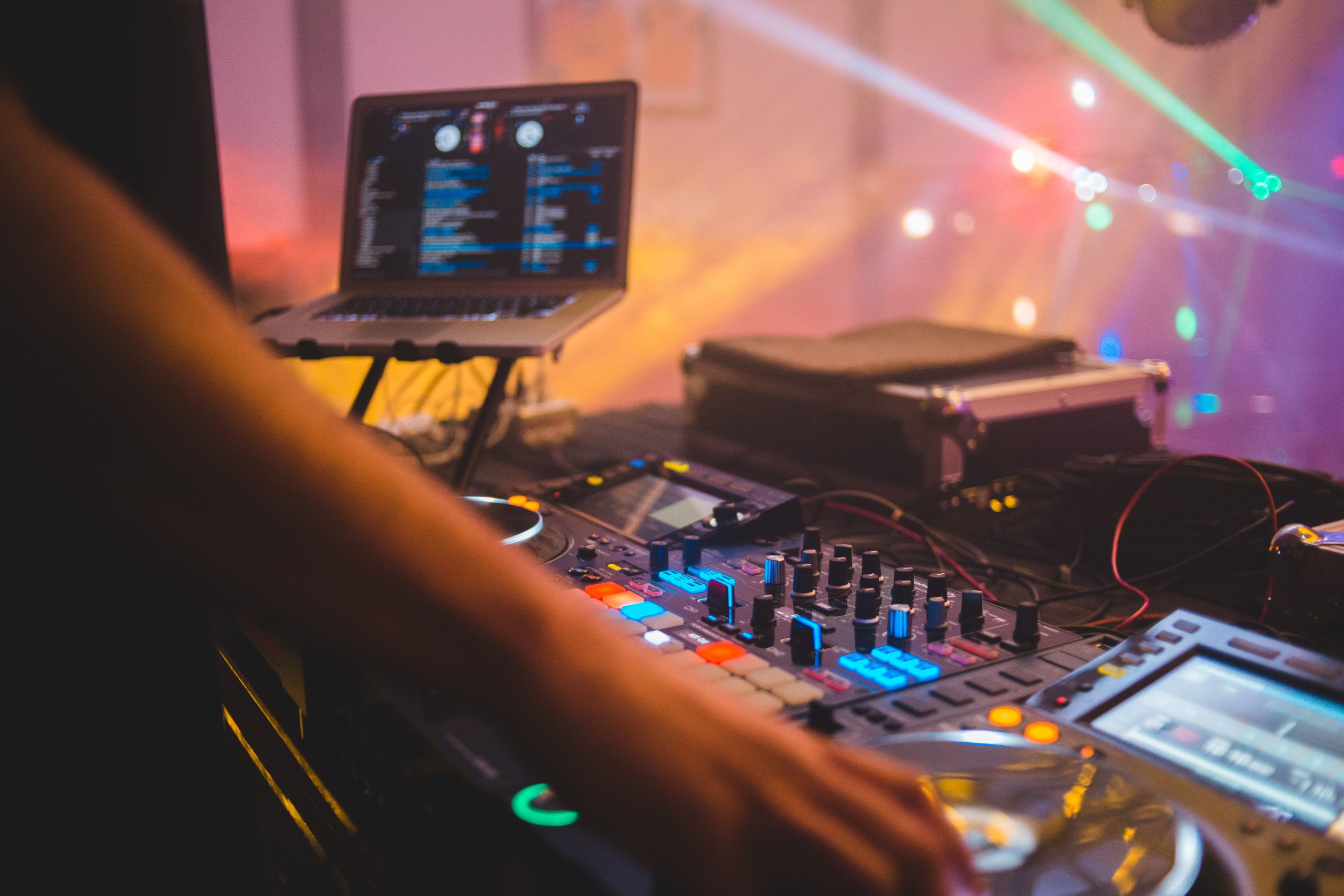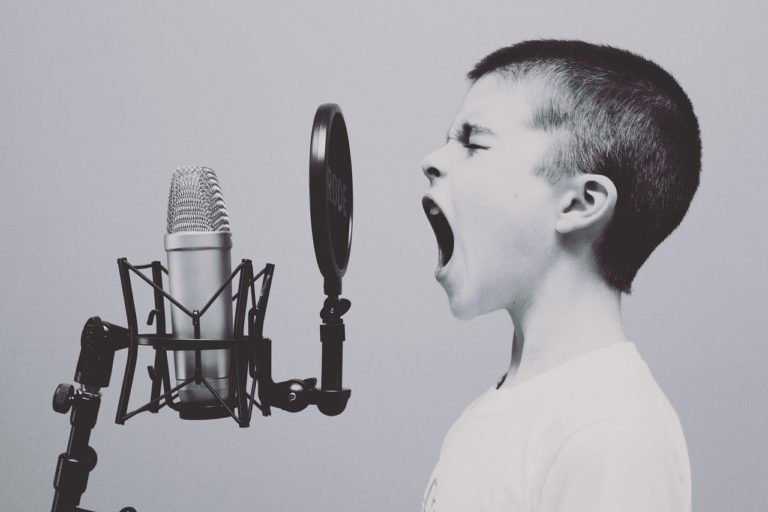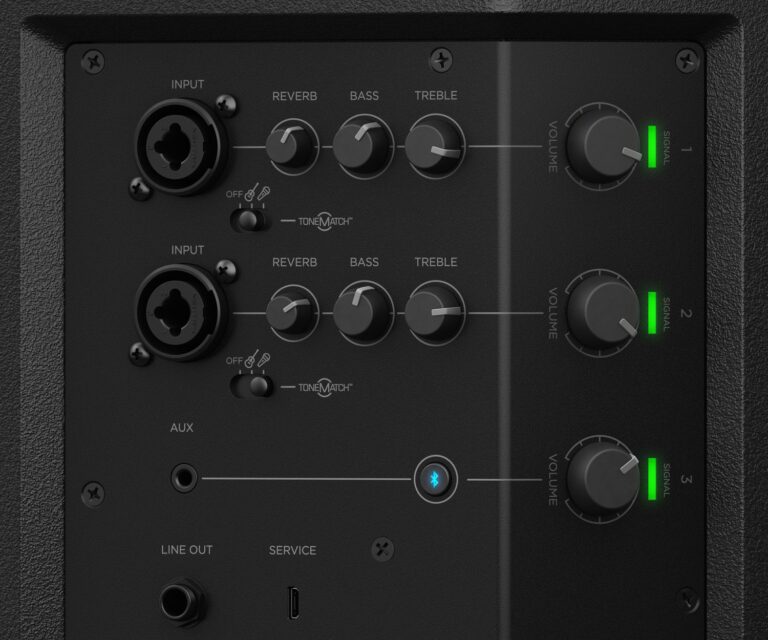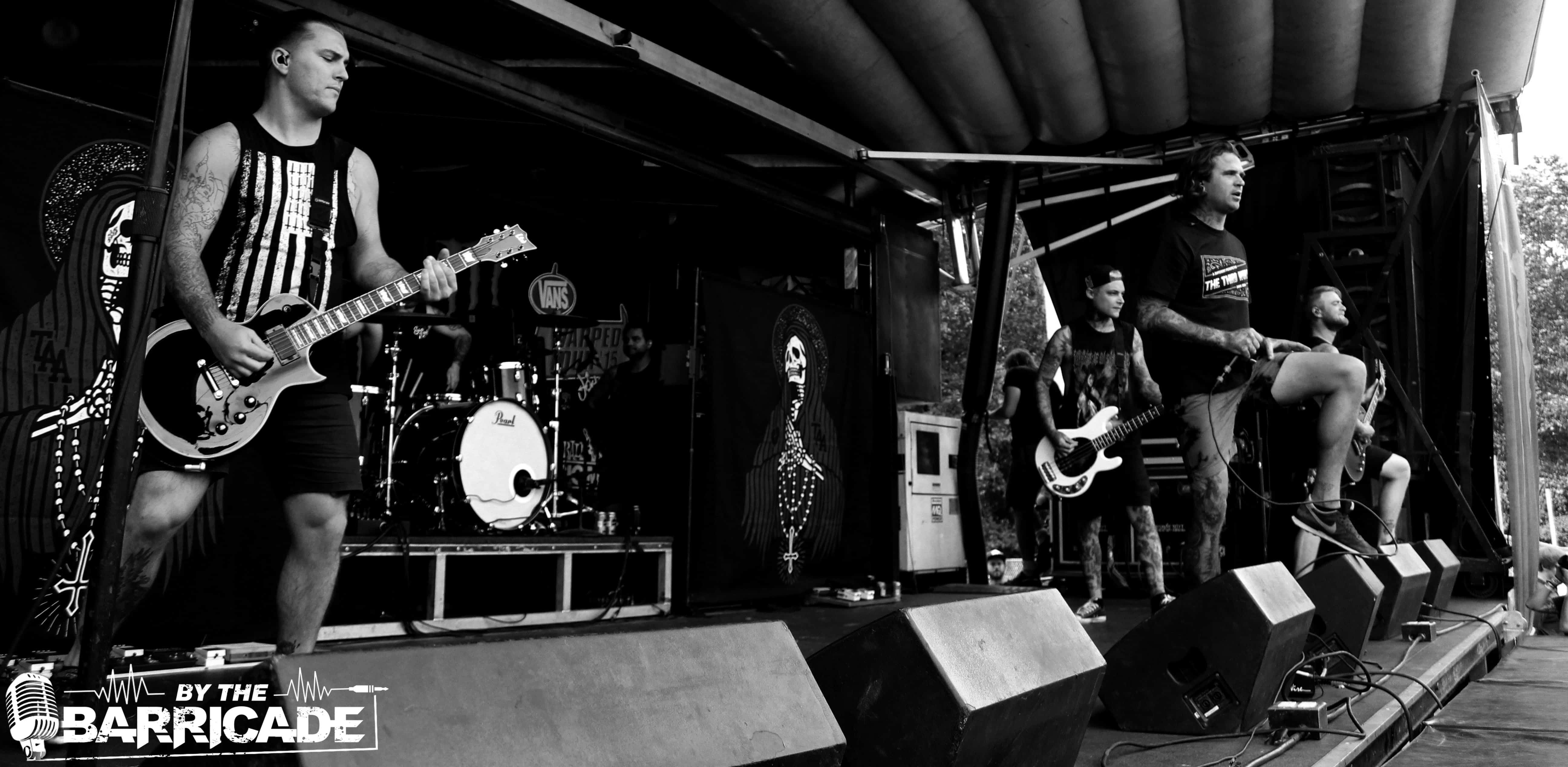The 10 Best GarageBand Alternatives for PC and Mac
As a staple in music production, GarageBand is a highlight of Apple’s creative software suite. However, there are plenty of reasons to opt for something else, especially for those who don’t own a Mac.
So, what are the best GarageBand alternatives? Capable DAW (digital audio workstation) software includes Magix MusicMaker, Ohm Studio, Cakewalk, and more. The best GarageBand alternatives provide similar functionality with full Windows compatibility.
However, prices and features vary enormously. Depending on your music production needs, the perfect GarageBand alternative will differ. Read on to learn more about the strengths and weaknesses of many popular options.
Why Choose a GarageBand Alternative?
GarageBand is the most well-known digital audio workstation. Music production enthusiasts and professionals often choose MacOS for GarageBand access alone. But this doesn’t mean there aren’t drawbacks that drive people to seek alternatives. Why do this?
The most common reason for choosing a GarageBand alternative is Mac exclusivity. If you use a Linux or Windows PC, you are unfortunately out of luck if you want to use the app.
Additionally, some people who own Macs may find that GarageBand doesn’t satisfy their individual needs. Sometimes, it’s worth spending a bit extra on a DAW that improves or expedites your workflow as a musician.
Top 10 GarageBand Alternatives
While Windows users might not have access to GarageBand, this doesn’t mean there aren’t plenty of choices. However, it does mean that “paralysis by analysis” is more likely to occur, as quantity and quality are two different things.
Fortunately, we’ve filtered through dozens of DAW apps and narrowed it down to 10 of the best. Chances are, at least one of them will suit you perfectly.
Here are the top 10 GarageBand alternatives, listed in no particular order.
1) Cakewalk for Mac & PC
This DAW is a Cakewalk! Or at least that’s what BandLab, the creator of this popular music production tool, suggests. One thing’s for sure — scrounging enough money to purchase the software is incredibly easy because Cakewalk is free for Windows.
BandLab targets beginners and intermediate software musicians, with easy-to-use “Award-winning UI” and a buffet of virtual instruments. Plus, BandLab features an online community for artists looking to connect with other musicians or share their music.
Unfortunately, Cakewalk isn’t the most comprehensive tool on this list. Nevertheless, it is an excellent option for those looking for something that does 90% of what pricey DAW software at 0% of the cost.
2) Ohm Studio for Mac & PC
If you’re a PC gamer, boot up Steam and look up “Ohm Studio” to download this capable DAW. Even if you don’t have Steam, it’s worth downloading for Ohm Studio alone if you want a serious music production weapon.
The basic version is free, but you’ll need to buy “DLCs” for the Pro and ProXL versions, which include extra features.
The user interface looks a little dated, which may be a dealbreaker for those looking for an ultra-polished app. But for those who care only about functionality, Ohm Studio crushes nearly any task you’d expect.
Plus, Ohm Studio features real-time collaboration, making it one of the best tools for bands working remotely.
3) Magix Music Maker for Windows
Magix Music Maker: is it genuinely magical? No, but using it can feel quite enchanting at times. It’s been a part of countless musicians’ journeys since it first appeared in 1994. Since then, Magix has grown wise as it’s set the standard for other DAWs on this list.
Magix aims to make music production as approachable as possible. So while the full version, Magix Music Maker Plus, costs $60, a free version is available for those who’d like to give it a shot beforehand.
So, if you’re new to DAW software, Magix is one of the most beginner-friendly choices. Consequently, it’s also one of the most entertaining options for those who’d like to mess around and experiment.
4) Audacity for Mac, Windows, and Linux
Audacity isn’t technically a DAW. Technically, it calls itself a “digital audio editor” — a DAE?
That means the software is broad enough to be useful to various professions, songwriting included.
Furthermore, Audacity is an open-source project crafted by various volunteer programmers. In keeping with the trends of universality, Audacity is free to download. It’s also compatible with Windows, Mac, and Linux.
However, because Audacity is geared more toward sound editing than music production, it’s not as intuitive as Cakewalk, Ohm Studio, and other apps designed for songwriting. But if you have used Audacity for other projects in the past, as many have, then Audacity is one of the best ways to go. Familiarity always wins.
5) LMMS for Linux, Windows, and Mac
Like Audacity, Linux MultiMedia Studio (LMMS) is free and open-source. Moreover, as the name implies, it’s even available on Linux.
LMMS is a full-fledged DAW rather than an audio editor like Audacity. Consequently, it’s a great compromise between user-friendliness and universal availability for those who run less mainstream operating systems.
It also has built-in audio visualization, drop-in VST support, and LADSPA support. However, despite being very complex and capable, the user interface is deceptively simple. Yes, it’s easy to use, but that doesn’t mean it’s short on features.
Plus, the beauty of open-source is that anyone can expand on what LMMS can do. So if you have mad C++ skills, the software becomes virtually limitless.
6) Akai MPC Beats for Mac & Windows
If your specialty is beats, as it is with many musicians nowadays, then you cannot beat MPC Beats.
Ba-dum-tish.
Menus are supremely polished. The user experience is exceptionally modern. Plus, you Akai MPC Beats is also available for iPhones and iPads, although it doesn’t appear that Android users will be able to take the software on the go.
If you want to expand what MPC can do, you can purchase MPC 2 for $200. It’s expensive, but you’ll receive phenomenal capabilities beyond dropping neat beats. You can also subscribe to receive MPC 2 for a more manageable monthly fee.
As Akai seems to understand, software as a service is a convenient concept when it isn’t forced on you.
7) FL Studio for MacOS and Windows
Now we reach the first paid GarageBand alternative, FL Studio. If you’re new to DAWs, we highly recommend getting your feet wet with one of the free tools we’ve visited. Once you outgrow those, though, then FL Studio is a worthwhile investment.
Depending on the features you want, you can spend anywhere between $199 to $737 for FL Studio. Plus, you’ve been familiarizing yourself with one of the top DAWs among professional music producers. “Proficient with FL Studio” is a powerful thing to put on a resume.
And if you want to take FL Studio with you, you can do that with an iOS or Android device.
8) Ableton Live for Windows & Mac
Ableton Live is a tried-and-true DAW. Nevertheless, it is one of the most popular paid music production tools you can get, and for legitimate reasons.
DJs love Ableton. It offers easy, on-the-fly editing for live performances. Additionally, it has ultra-precise beat-making features that measure to the millisecond.
Ultimately, Ableton Live is a digital instrument. While other software companies create DAWs for fine-tuning tracks before production, Ableton Live creates music on the spot. So it’s very reasonable to consider the standard edition’s $449 price tag as if you were buying a guitar or drum kit.
9) Adobe Audition for Mac & Windows
Adobe doesn’t only do visual art software like Photoshop. With the debut of Adobe Audition in 2003, they became a provider of all forms of creative software.
As you can infer, Audition isn’t cheap. Adobe famously charges high prices for high-quality tools. The lowest you can pay for Audition is $20.99 a month or a fee of $250 for one year’s use.
Note that Adobe products tend to have very specific applications. For example, Photoshop is great for major image editing, while Lightroom is for minor photographic adjustments.
Meanwhile, Audition is great for editing songs but subpar for producing them. Why? Because Audition lacks MIDI support, you’re out of luck if you want to plug your MIDI instruments into your computer.
10) Cubase for Windows & Mac
Steinberg’s Cubase was born in 1989 on the Atari ST, making it a bonafide DAW veteran. Despite its age, Cubase remains a modern music production industry leader.
You’ll pay for it, though. Cubase Pro 12, the full version, costs $580. However, if you make a comfortable living as a music producer, you can afford the best. Plus, if you’re a student, you can get a discount that brings the total down to $360.
Ultimately, Cubase is the most capable MIDI composition software available on Windows. Cubase can take your music a long way if money is no object.
Conclusion
Thankfully, there are plenty of DAWs to choose from that give GarageBand a run for its money. Additionally, many are completely free and remarkably capable. So, while GarageBand is a staple of macOS, there’s no reason to think you can’t get serious software if you use Windows or Linux.
In short, there’s a DAW out there for everyone. For example, Cakewalk and Magix Music Maker are amazing music production tools for beginners and intermediates. FL Studio and Cubase have it all for those who call music production a career.
Now, choose your weapon and let the world hear your tunes!








![What Does a Pop Filter Do? [And Other Pop Filter Tips]](https://www.bythebarricade.com/wp-content/uploads/2023/04/180261067_l_normal_none-1024x683-1-768x512.jpg)
